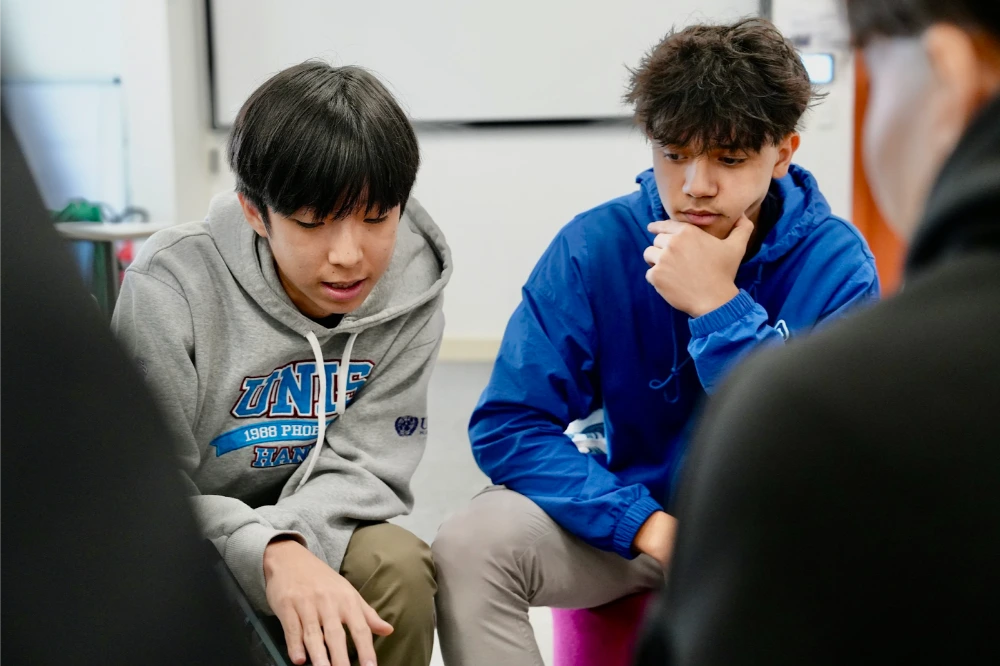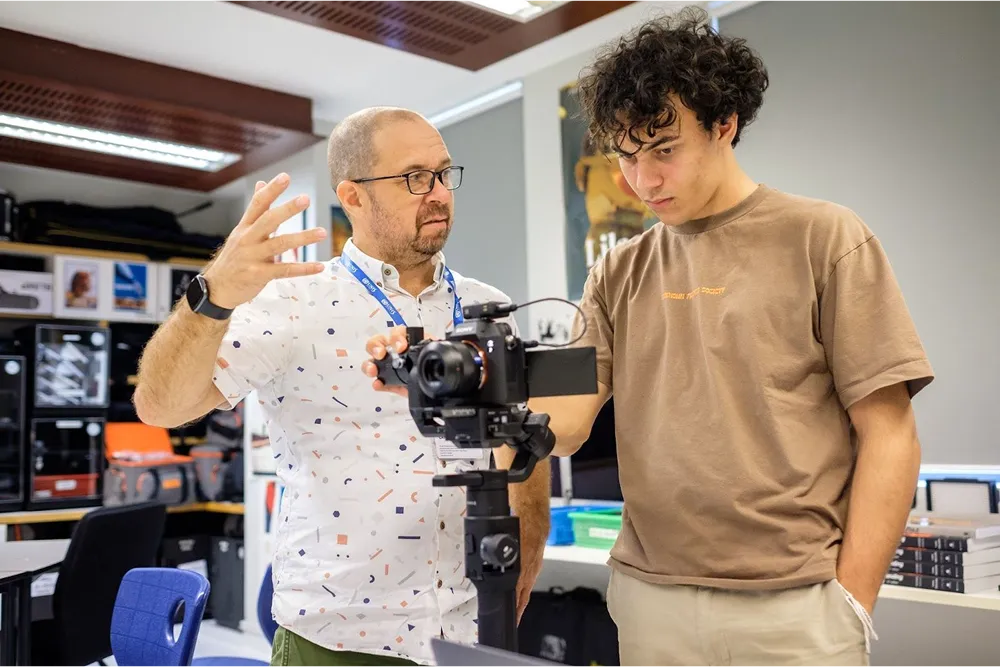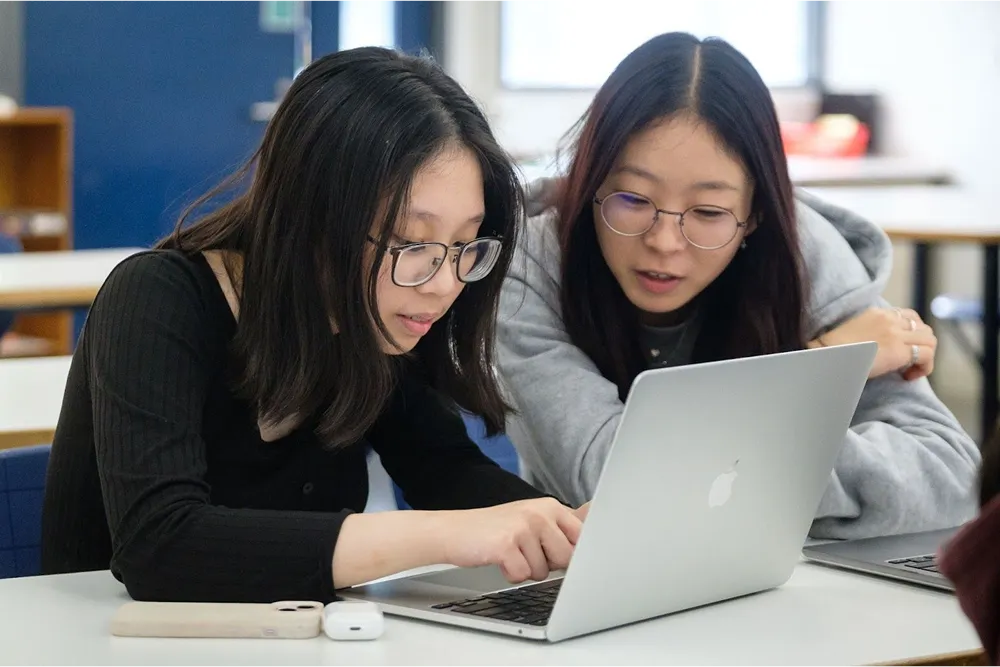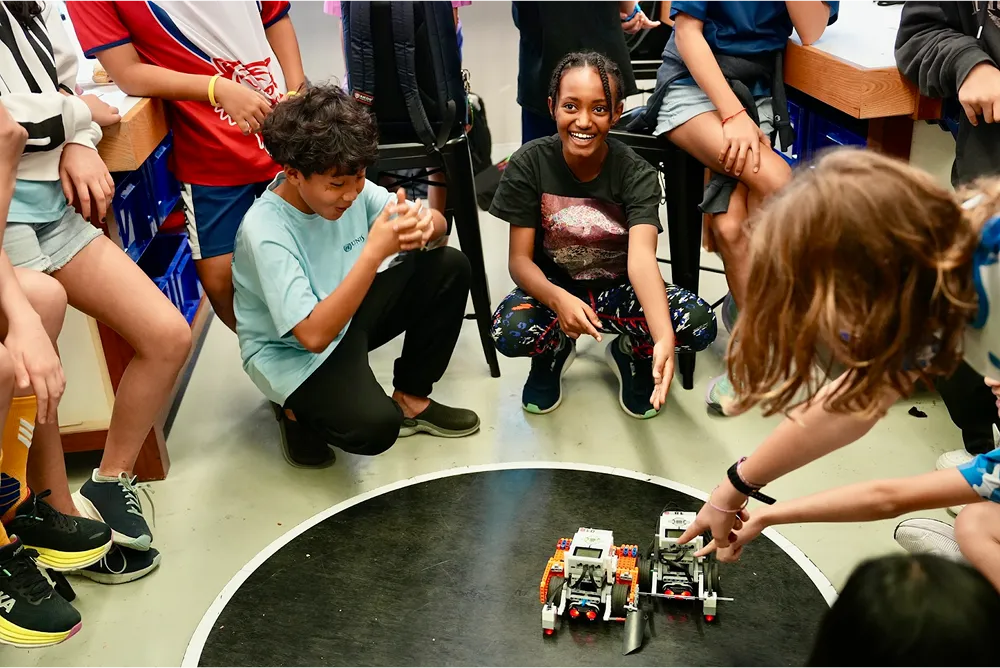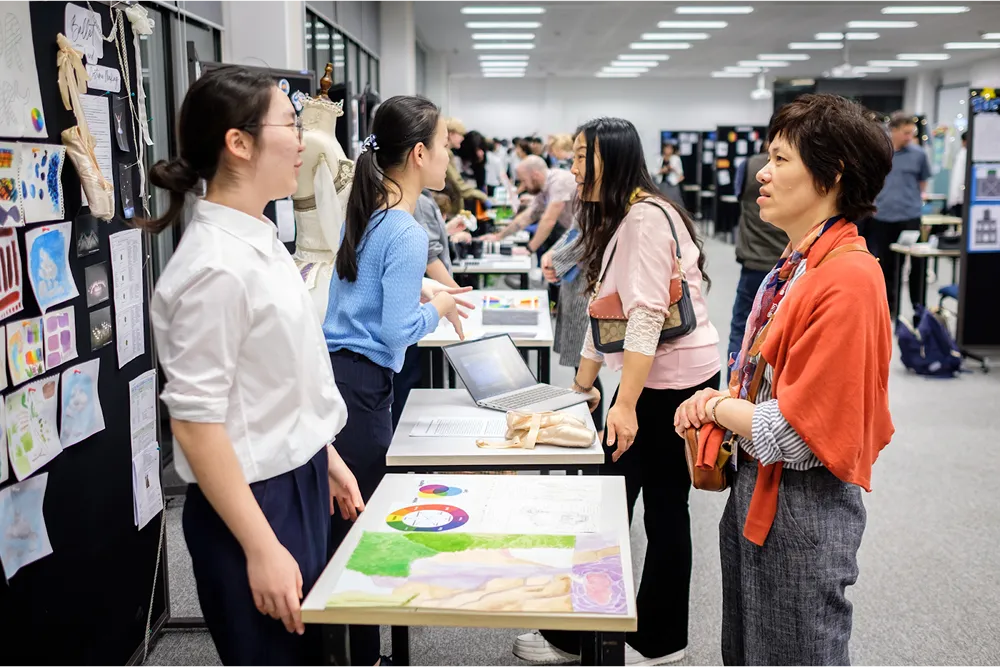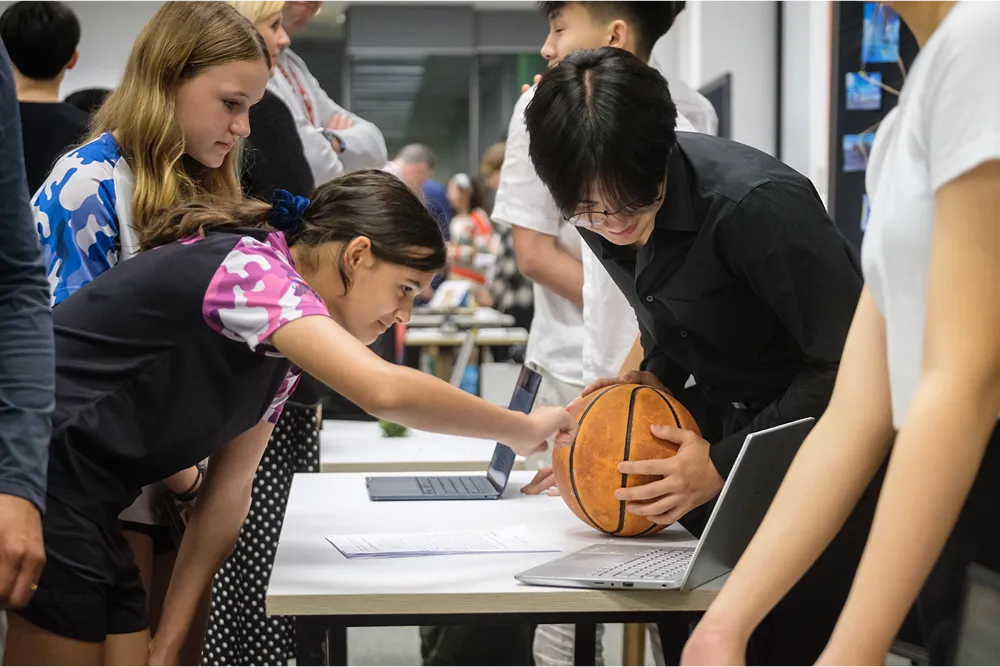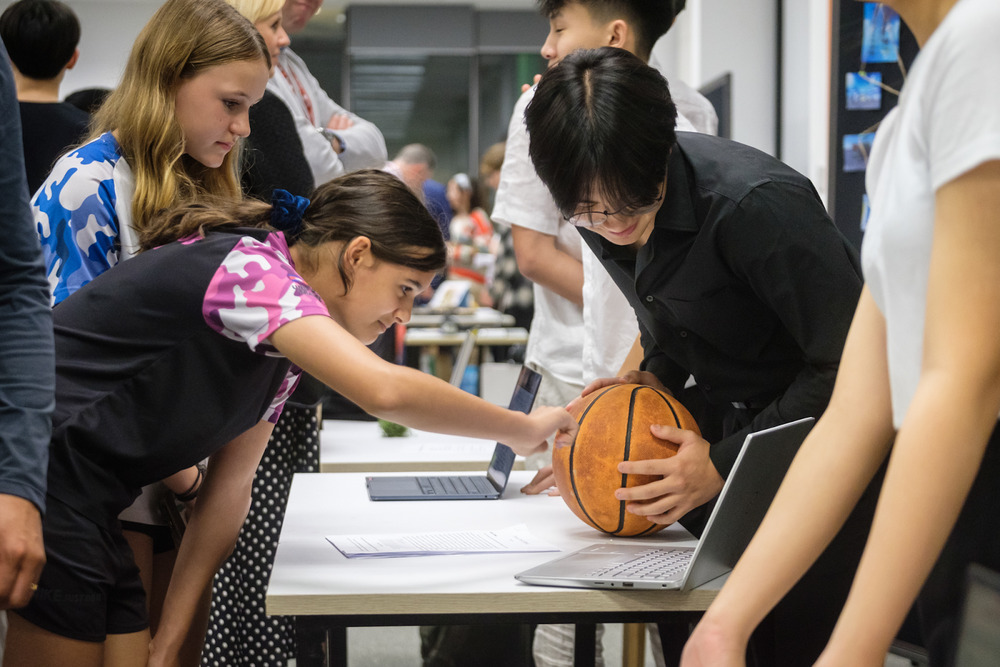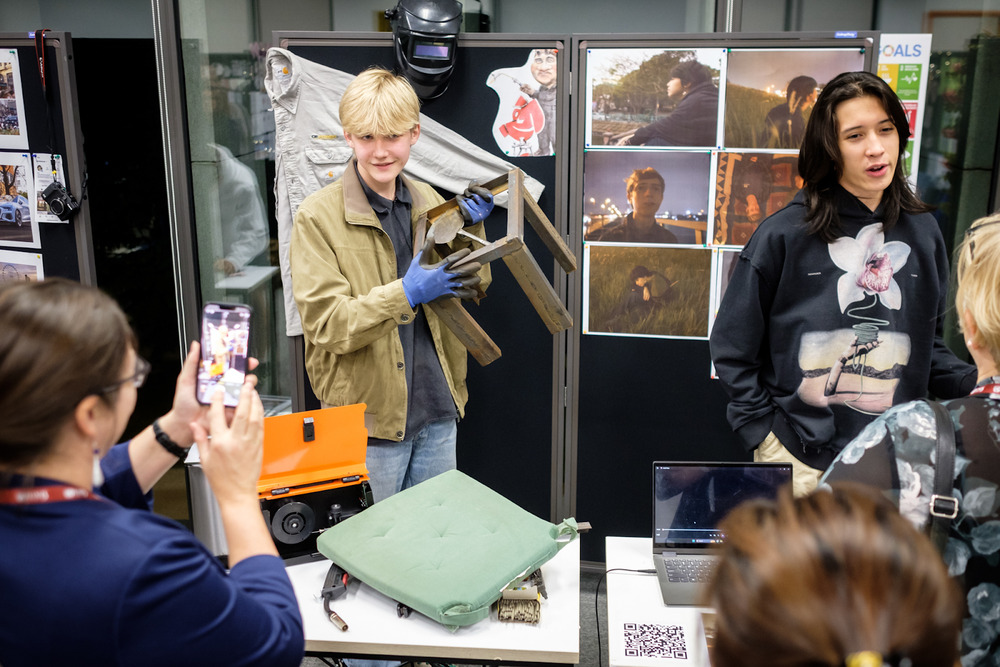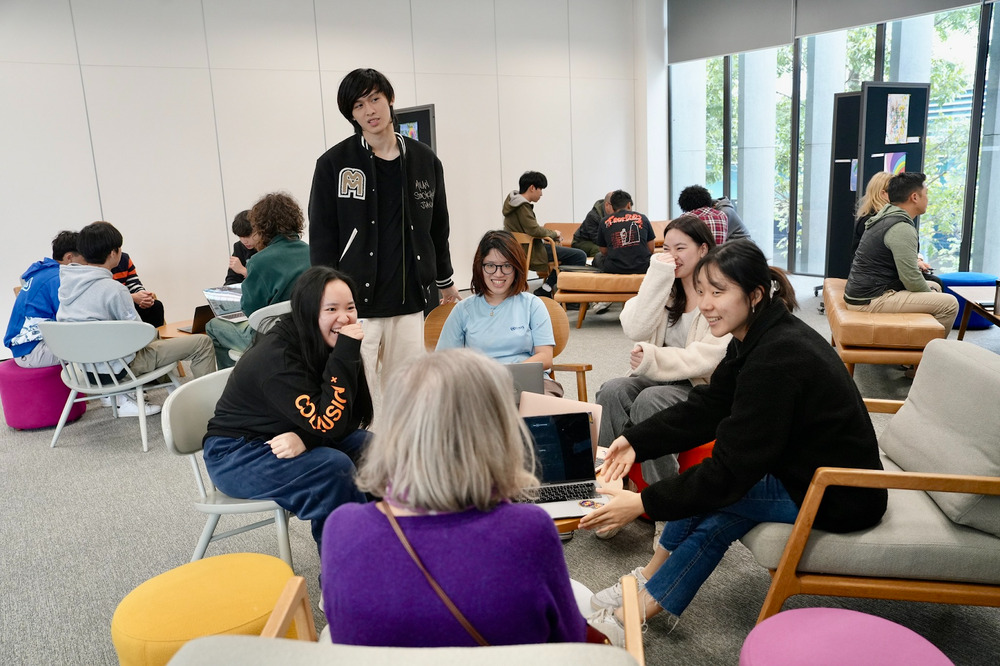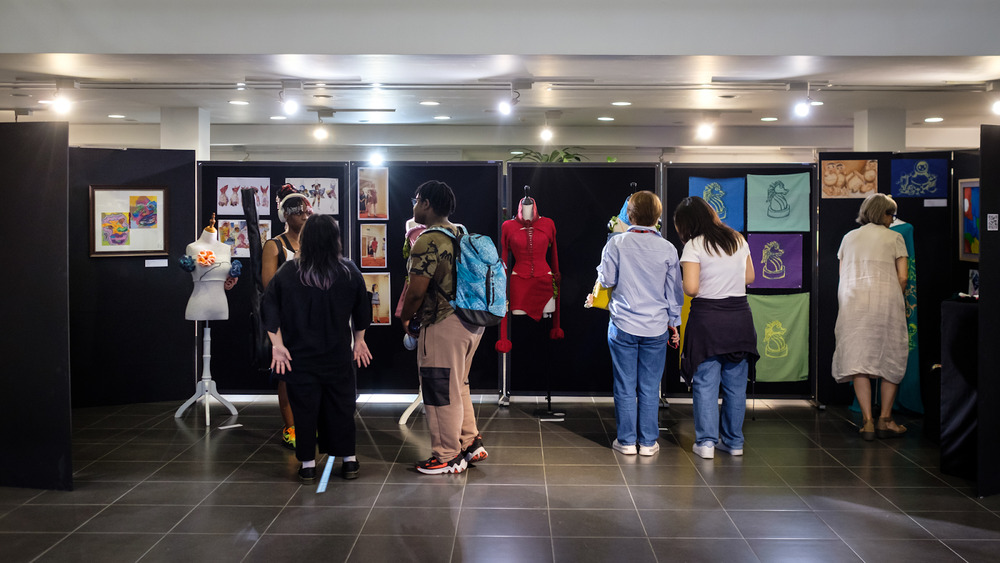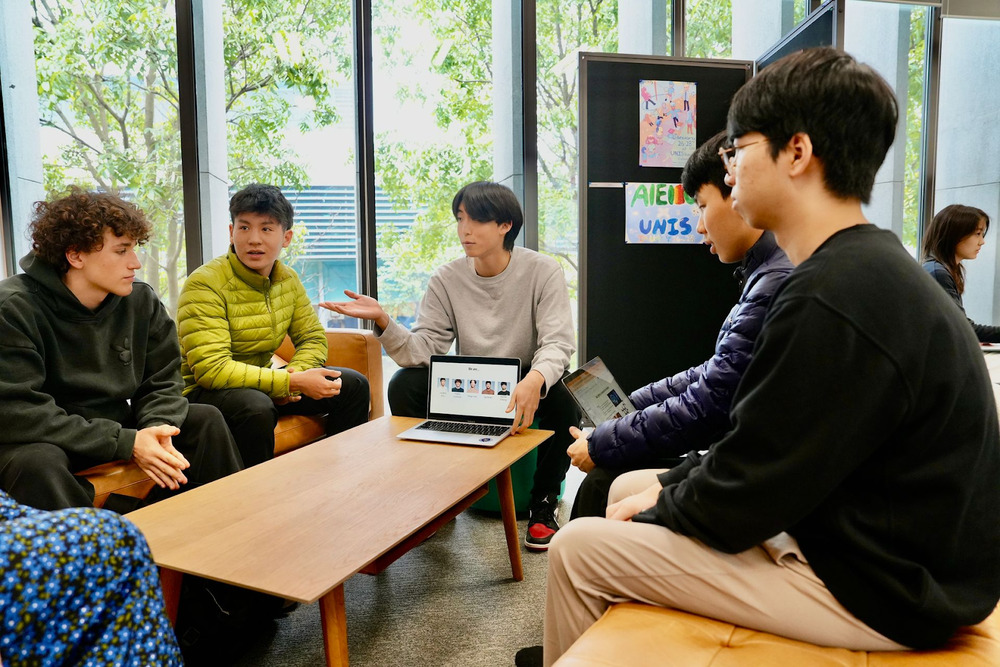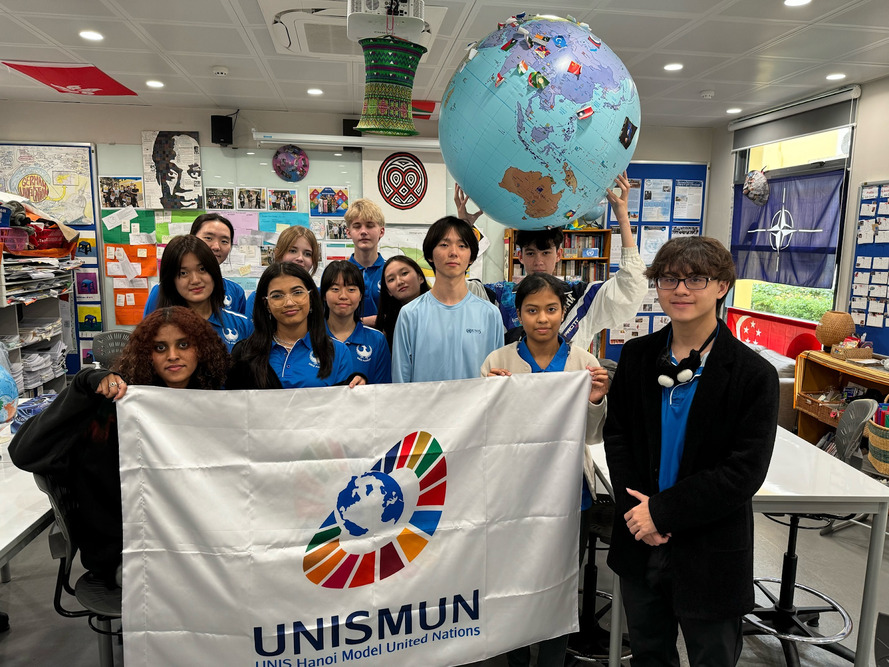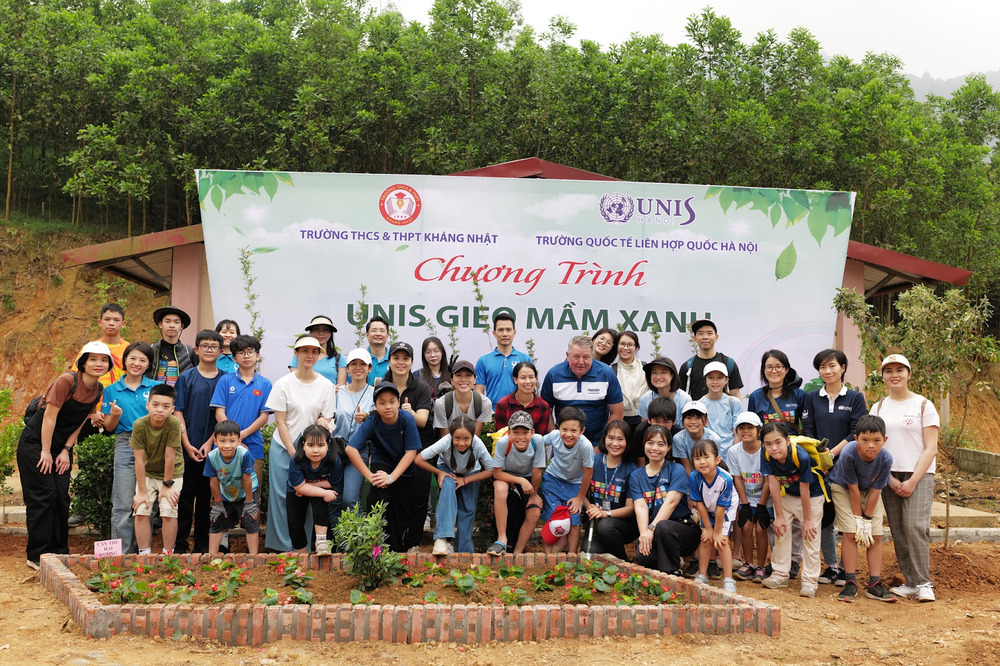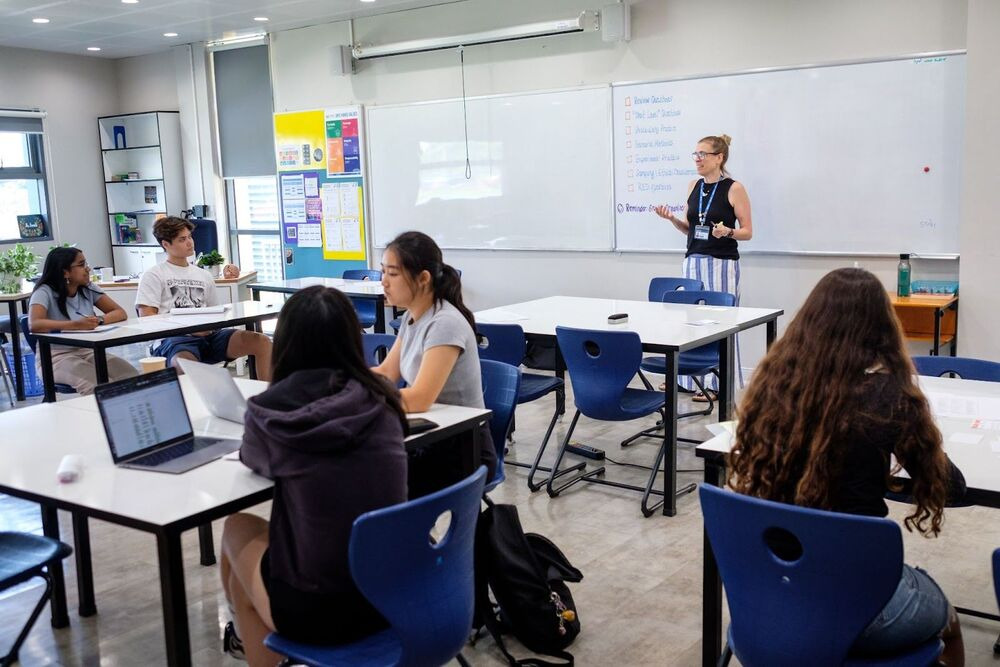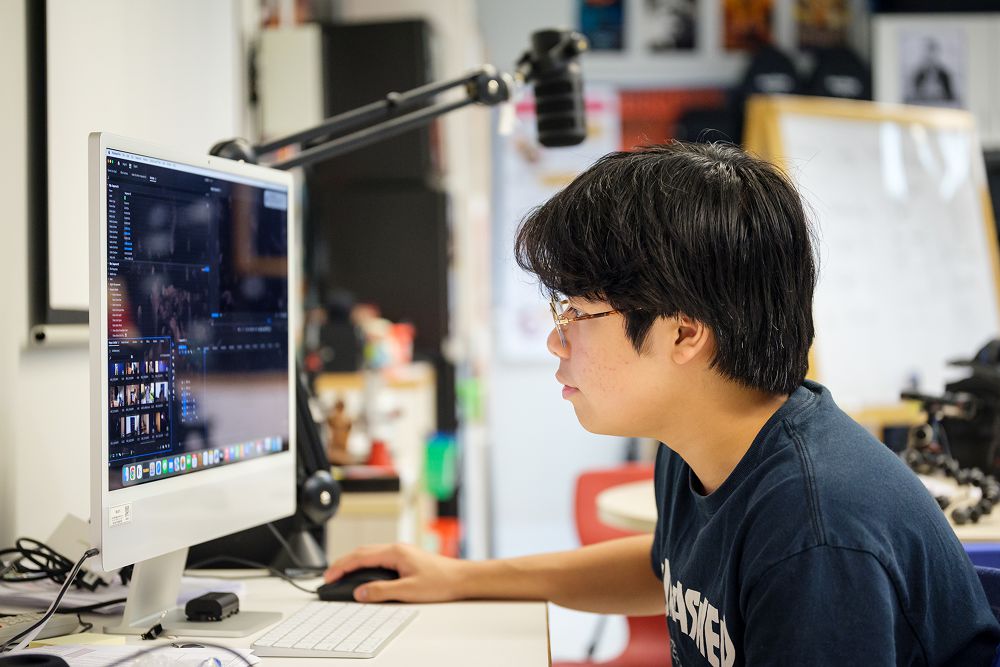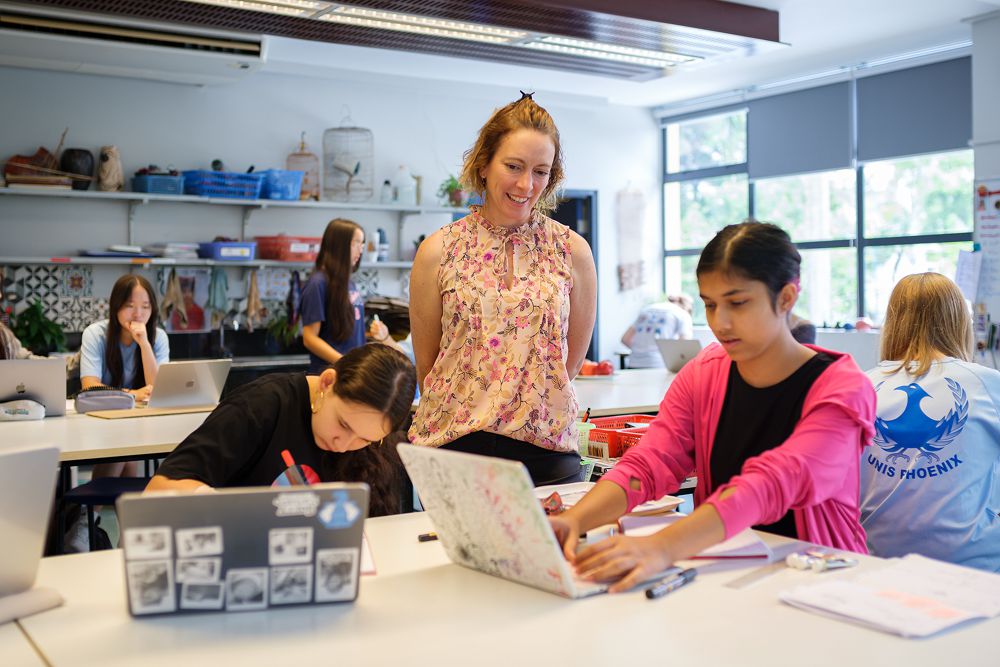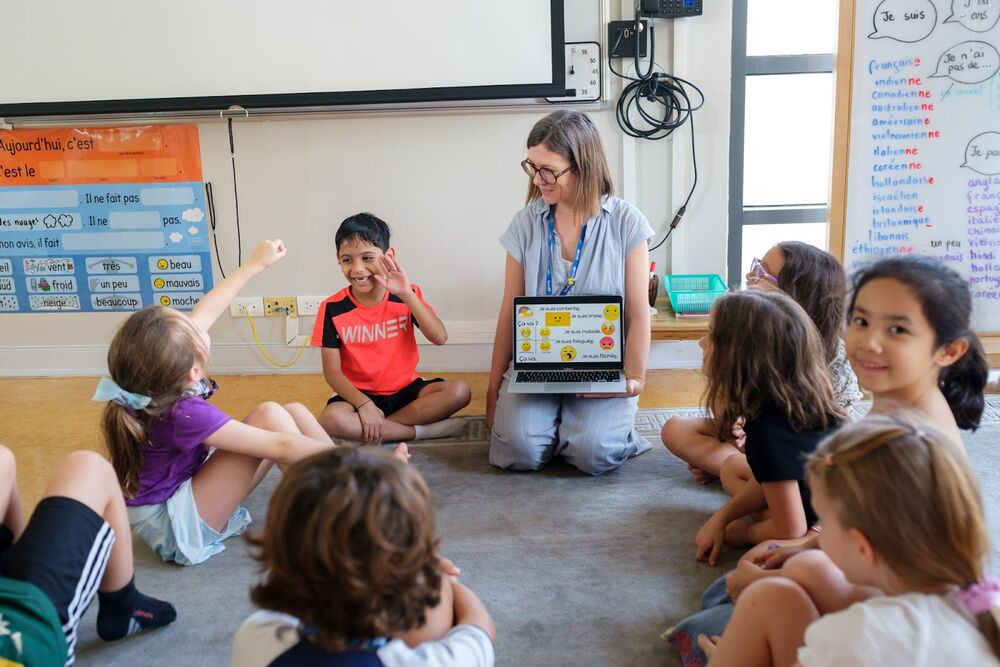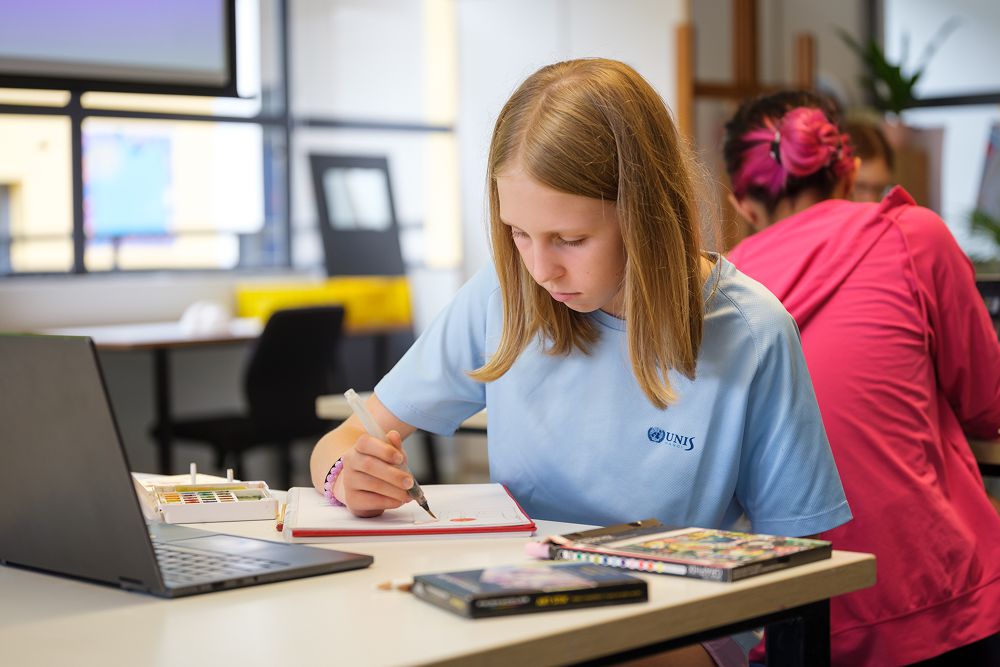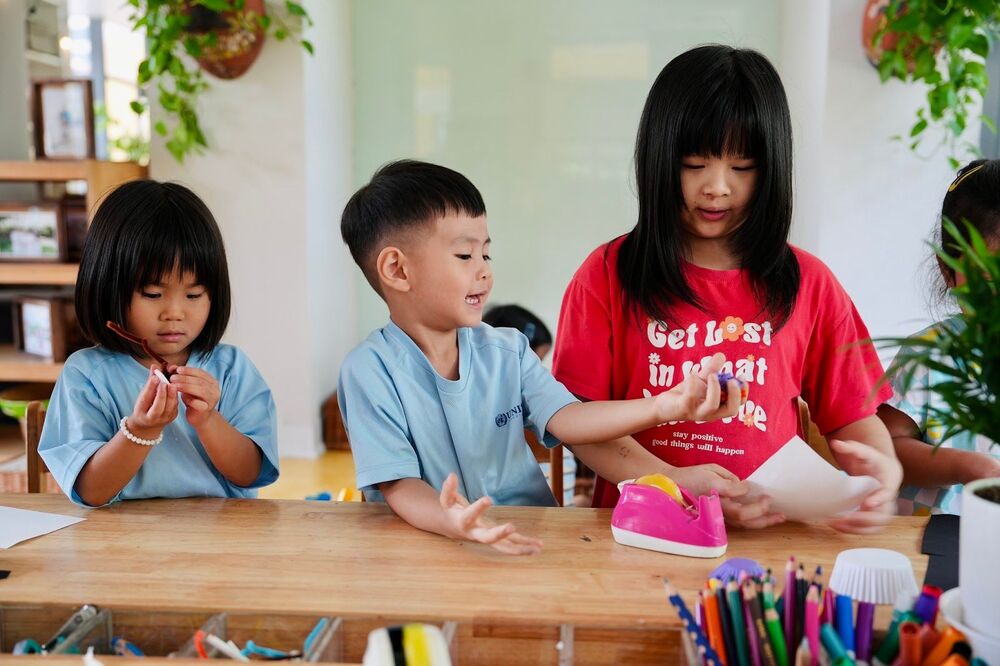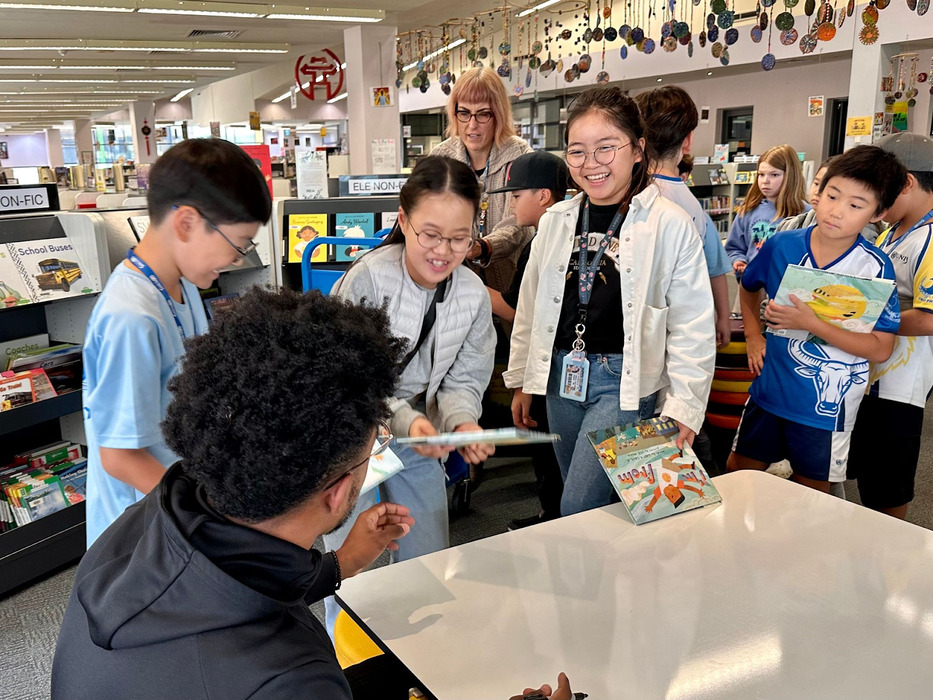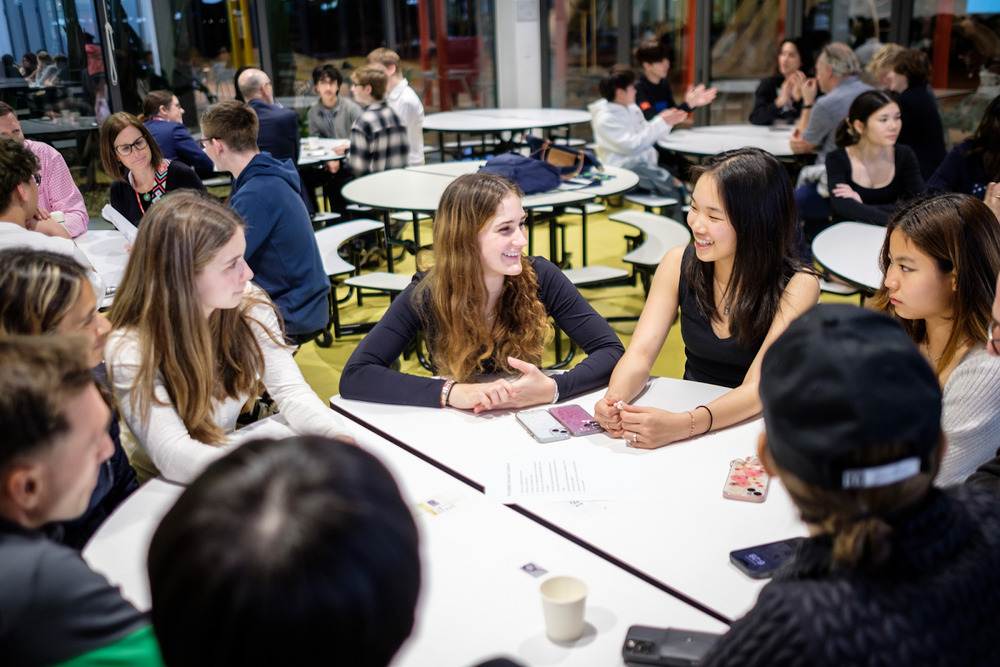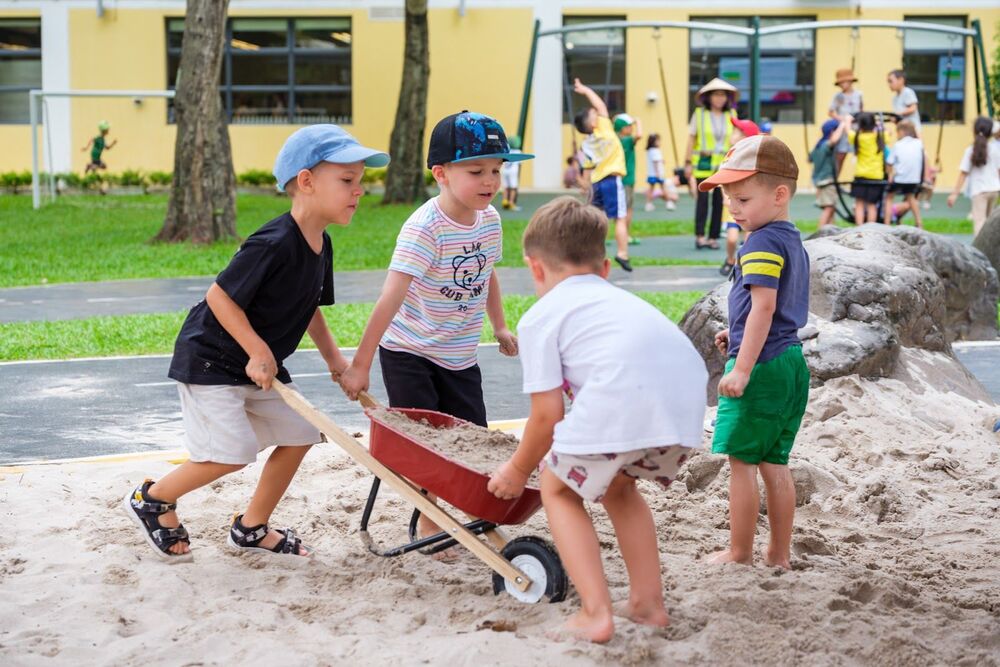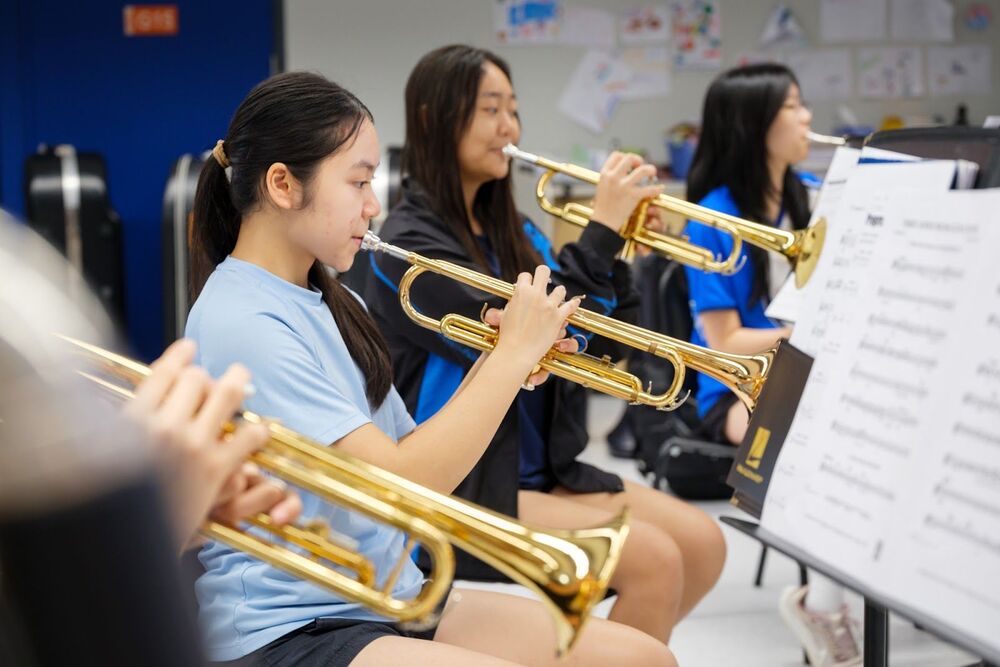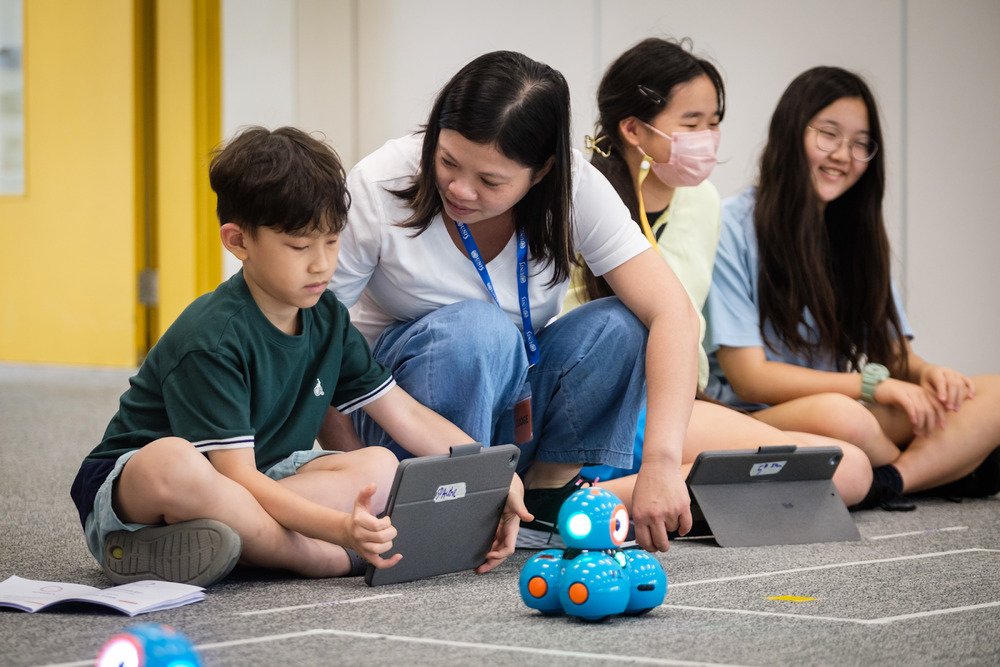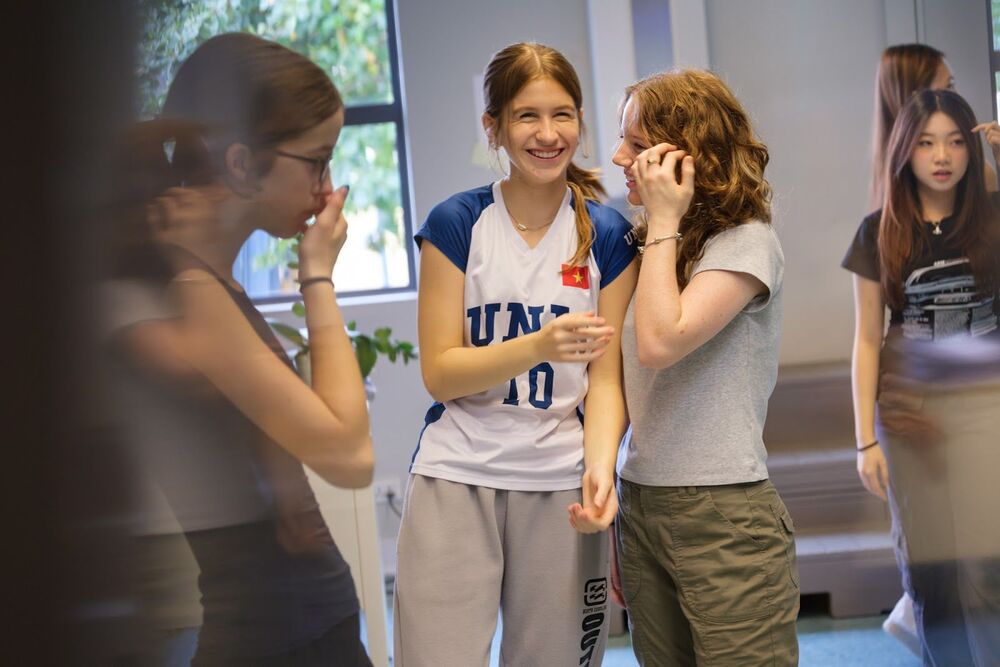10 Core Skills For Student Success In School And Life
Thriving in a global, fast-paced, and complex world requires students to possess a set of transferable emotional, social, and academic skills.
This article delves into the 10 essential skills for students’ success in school and life, illustrating how we at UNIS Hanoi actively foster their development through an integrated curriculum and a comprehensive co-curricular framework. Let’s get started!
10 Crucial Skills for Students Success in Future Endeavours
At UNIS Hanoi, we educate all students with the clear aim of nurturing and modeling these skills for students success through the academic curriculum, real world application, leadership roles, service learning initiatives, and wellbeing support programs.
1. Communication
The skills of communication form the foundation of all academic success and personal relationships.
By attending classes, UNIS Hanoi students are able to experience and hone skills in talking, advanced group writing, debate, and student-led performances through active participation.
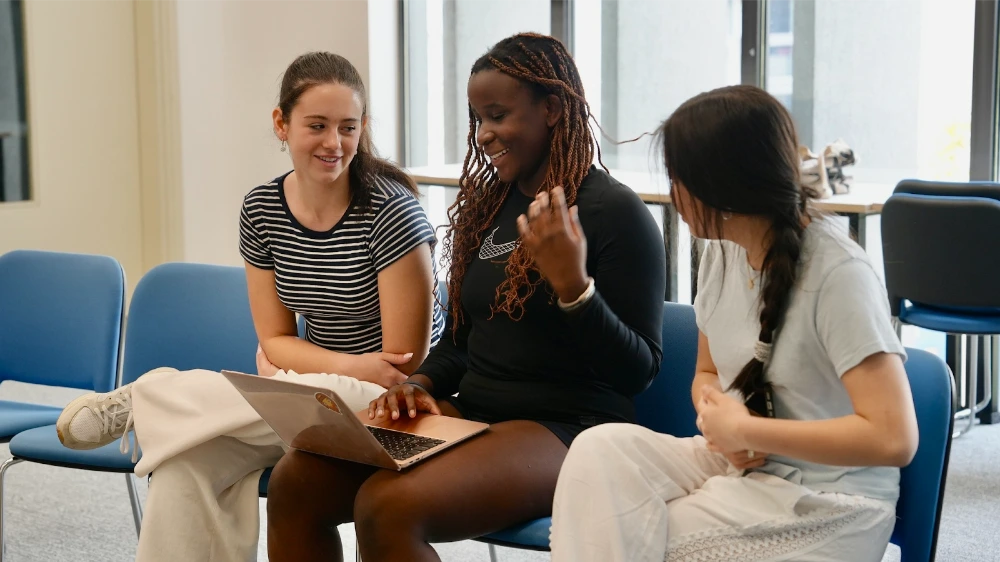
From the active participation in the classrooms, students hone the skills to actively take part in debates, give talks, advanced collaborative writing, and perform student-led performances.
Moreover, students can improve their relationship management and idea exchange across cultures through language acquisition and cross-cultural projects.
2. Research and Analytical Skills
In our information-saturated society, students must be able to obtain relevant data and investigate information. At UNIS Hanoi, we train students to navigate diverse sources, critically evaluate information, and construct evidence-based arguments.
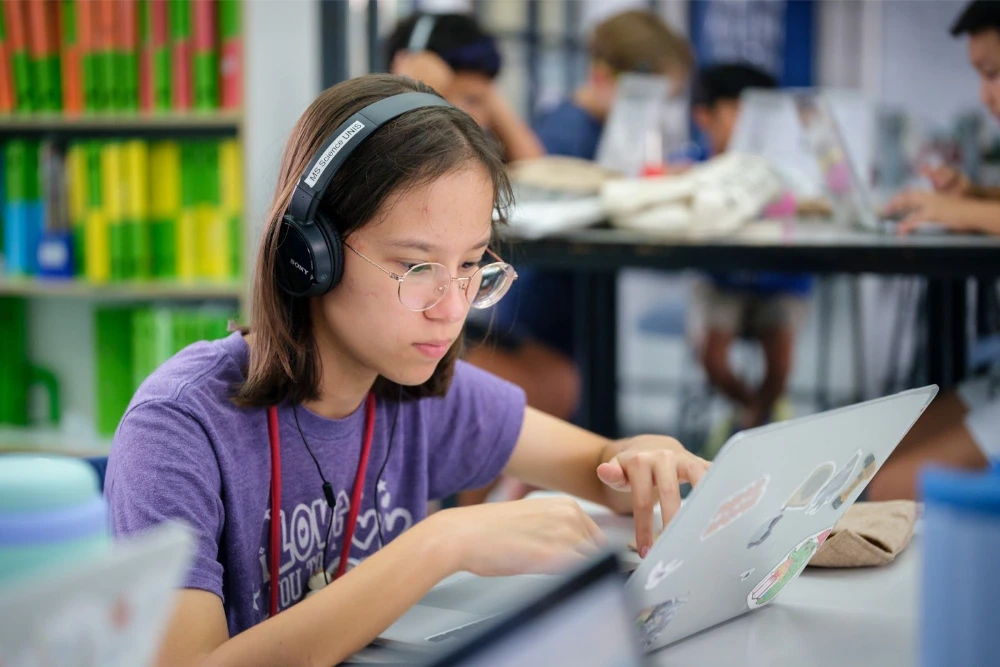
We foster these competencies within the framework of the International Baccalaureate (IB) through the Extended Essay, personal projects, or internal assessments in specific subjects.
As part of these projects, students engage in goal-oriented research, formulate sophisticated analyses, and compile their findings into formal presentations, which cultivate their decision-making and life skills for their future education.
3. Critical Thinking and Problem Solving
The ability to analyse information and solve complex problems is a foundational skill of modern education.
Inquiry-based learning, thematic teaching, and authentic learning experiences at UNIS Hanoi weave critical thinking into every discipline.
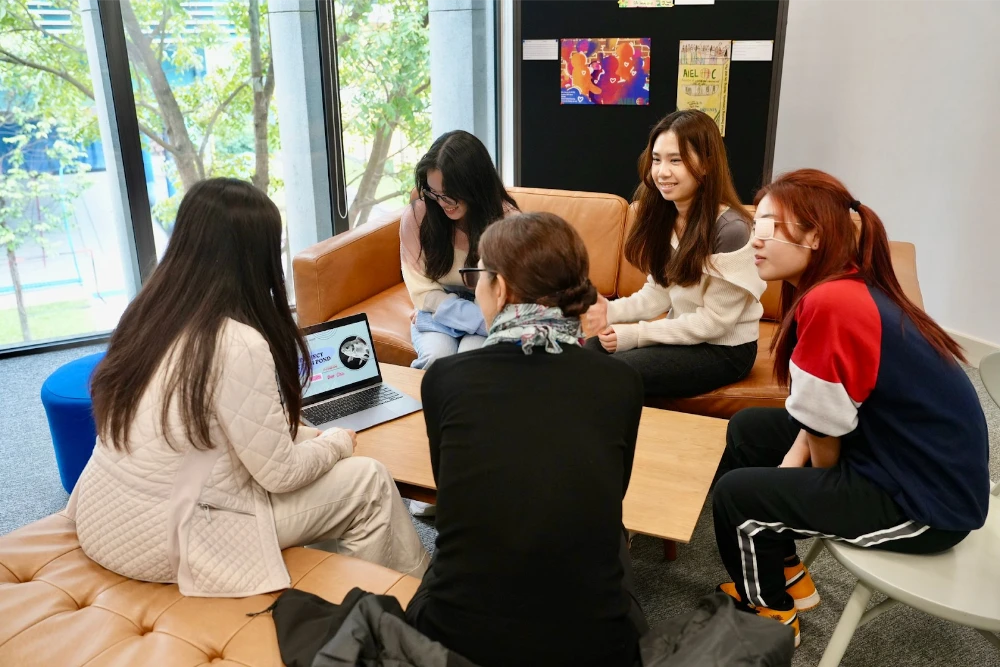
Our students gain the ability to assess and even challenge the assumptions around any literary work, historical event, or scientific anomaly by exploring alternative views and formulating reasoned solutions.
Moreover, group projects and cross-disciplinary tasks push learners to collaborate, assess multiple viewpoints, and refine their problem-solving strategies in dynamic settings.
4. Adaptability and Resilience
The capacity to cope with change and persevere in the face of setbacks is crucial for both academic and personal wellbeing.
UNIS Hanoi fosters an environment where students can learn effectively to reach their full potential with the right help. Resilience is developed through the reflective counselling sessions, outdoor expeditions, athletic participation, and during transitions between various learning stages.

The structured and unstructured environments of self-regulation require students to effectively manage emotions, view obstacles optimistically, and embrace a growth mindset through our Social and Emotional Learning (SEL) programmes.
5. Digital Literacy
Students must be equipped in today’s environment with safe, ethical, and effective technology usage.
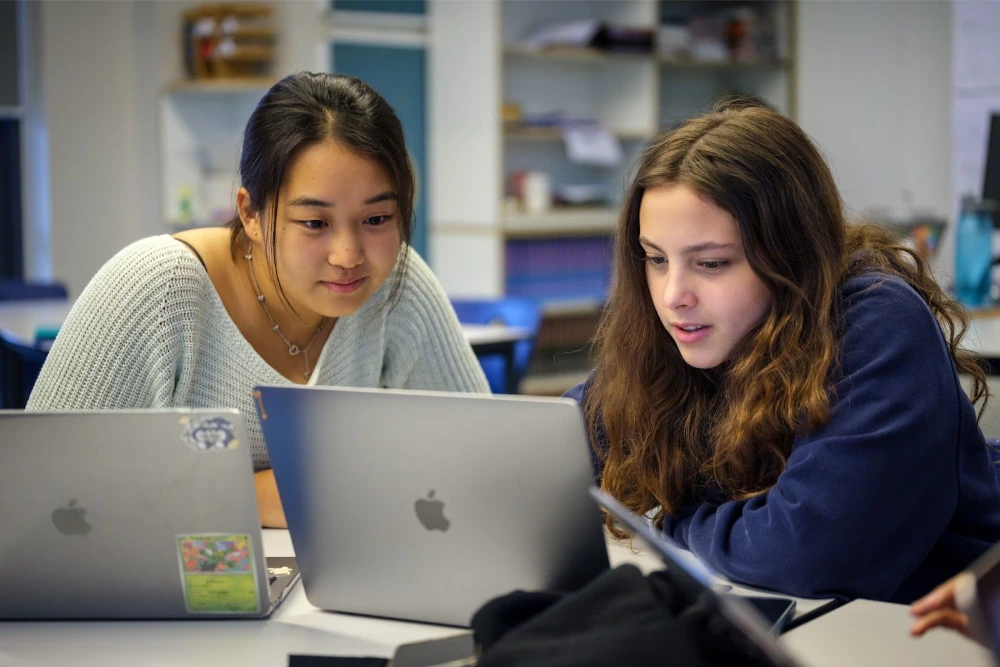
UNIS Hanoi integrates lessons on digital literacy through 1:1 laptop programs, cloud-based or other collaborative tools, and web-based resources as part of the curriculum.
While learning coding, robotics, and multimedia storytelling, they also learn appropriate cybersecurity, digital etiquette, and how to verify information.
Responsible digital citizenship is also integrated into our programs, so students develop as responsible, engaged citizens in a digital society.
6. Time Management
At UNIS Hanoi, we teach students actionable goal setting, effective task management, and fostering the ability to balance physical and mental wellbeing while managing deadlines.
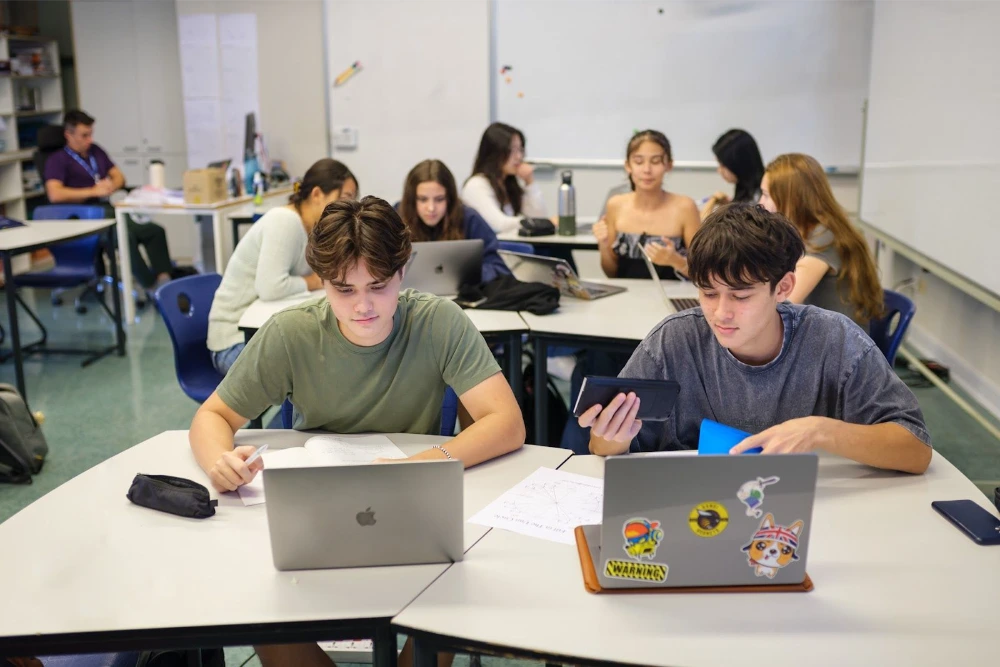
Through the use of planners, reflective journals, and individual mentoring sessions, learners identify their peak productivity hours and develop personal strategies to manage academic workloads alongside extracurricular commitments.
Time management skills are also reinforced through long-term projects, where students break tasks into manageable steps and track progress systematically.
7. Creativity and Innovation
Creative thinking and innovative problem-solving enable students to explore new possibilities and contribute meaningfully to the world.
UNIS Hanoi fosters creativity in students through arts education, design thinking, and interdisciplinary learning that combines science, humanities, and technology.
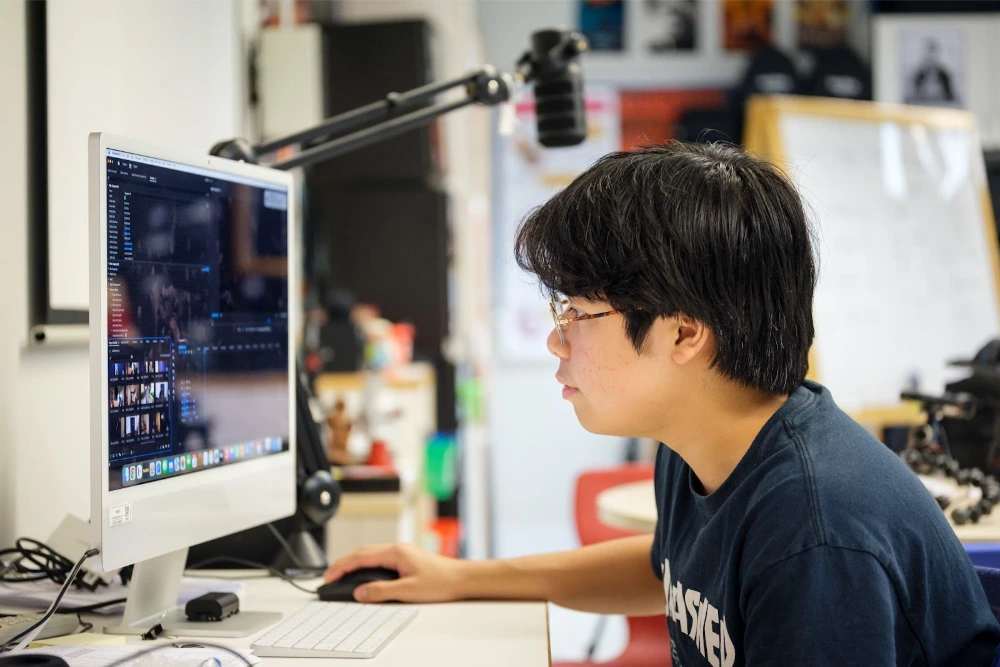
Creating and developing original ideas is passionate work that reflects the students’ values and embraces risk and ambiguity. This is evident when students compose original music, choreograph performances, develop engineering prototypes, or launch social initiatives.
Our other programs in Makerspaces and entrepreneurship highlight innovation as well.
8. Self-Evaluation and Self-direction
UNIS Hanoi understands that personal development begins with self-assessment and genuine reflection. Our students learn how to track their learning milestones and reflect on their growth.
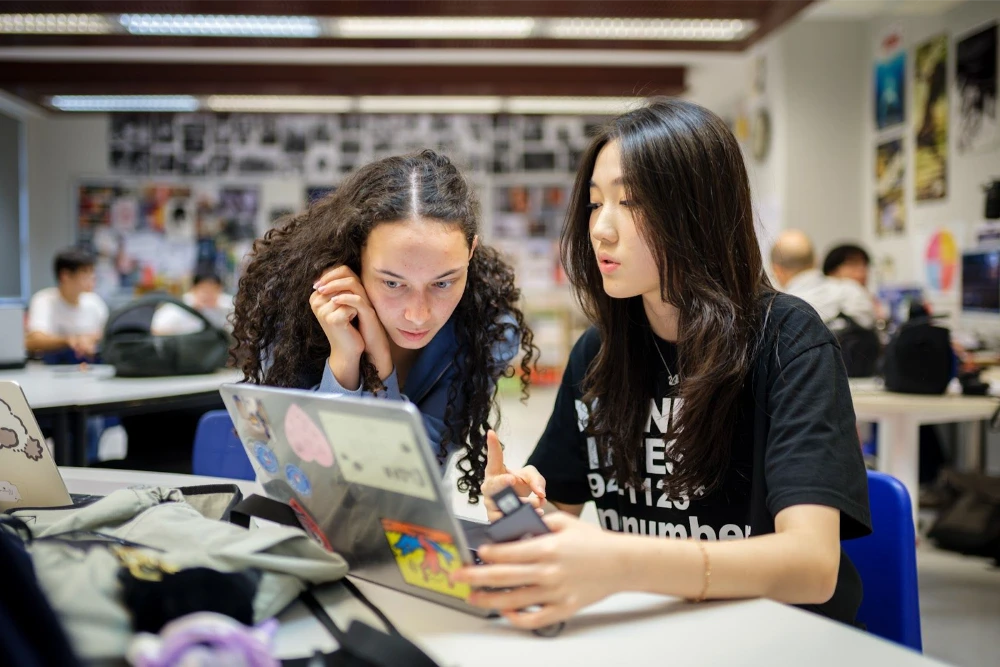
In addition, they review and build fundamental skills by attending goal-setting sessions, e-portfolio maintenance, and advisory conferences.
Structured goal-setting sessions combined with e-portfolios and advisory conferences empower students to reflect and constructively assess their interests with autonomy and purpose.
9. Leadership and Collaboration
UNIS Hanoi provides a wealth of opportunities for students to work collaboratively while taking initiative through student councils, Model United Nations, service clubs, and group-based learning experiences.
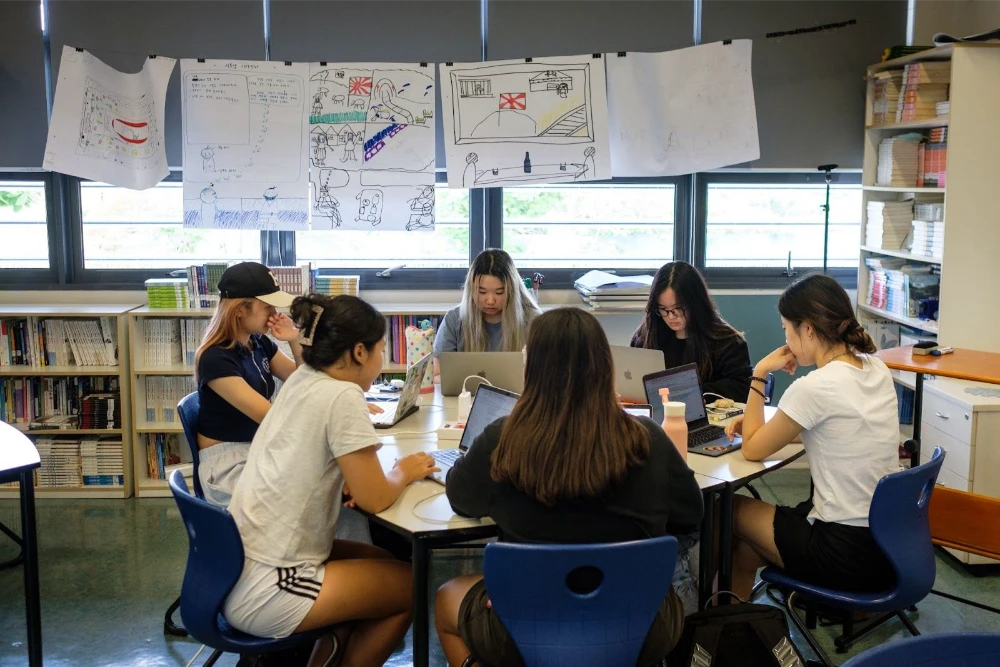
Learners practice negotiating roles, resolving conflicts, building consensus, and motivating peers. Our emphasis on ethical leadership ensures students act with integrity, empathy, and social responsibility as they lead projects and represent their communities.
10. Financial Literacy
As students learn to manage their academic and personal lives, a sound understanding of financial principles is vital for responsible living.
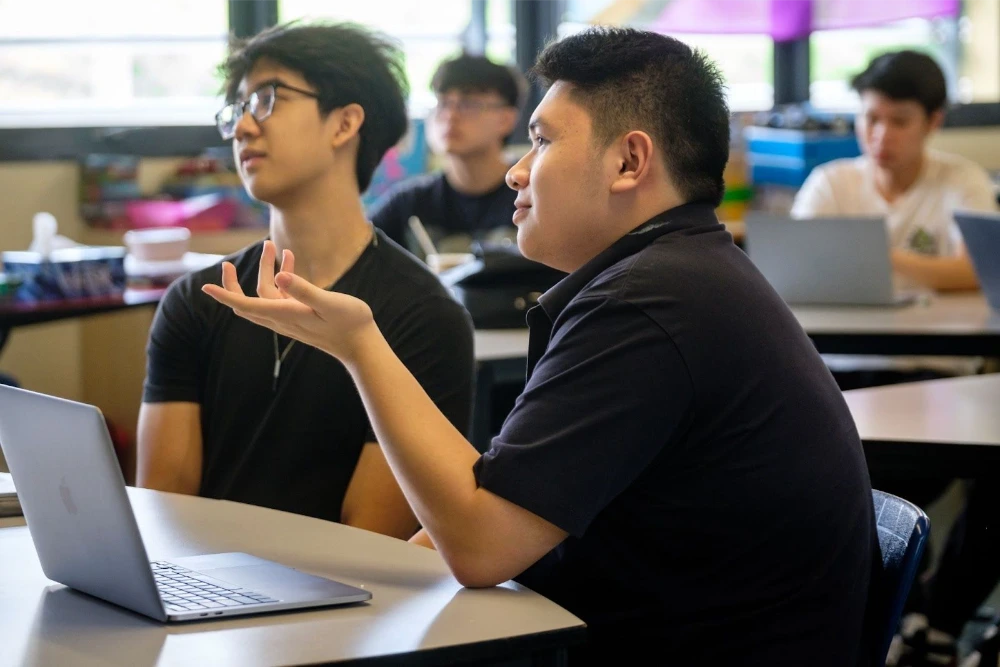
UNIS Hanoi integrates financial literacy into the curriculum through practical maths, interdisciplinary units, and elective workshops. Our students evaluate consumer scenarios, understand budgeting, interest rates, and consider savings and investing for the future.
These choices help students develop strong personal finance skills alongside responsible economic citizenship and informed decision-making.
Invest In Your Child’s Potential For Future Success With UNIS Hanoi
Preparing children for the challenges and opportunities of tomorrow means investing in an education that fosters character, competence, and a global perspective. At UNIS Hanoi, we are dedicated to cultivating the full spectrum of skills for students’ success through an inclusive, dynamic, and future-focused learning environment.
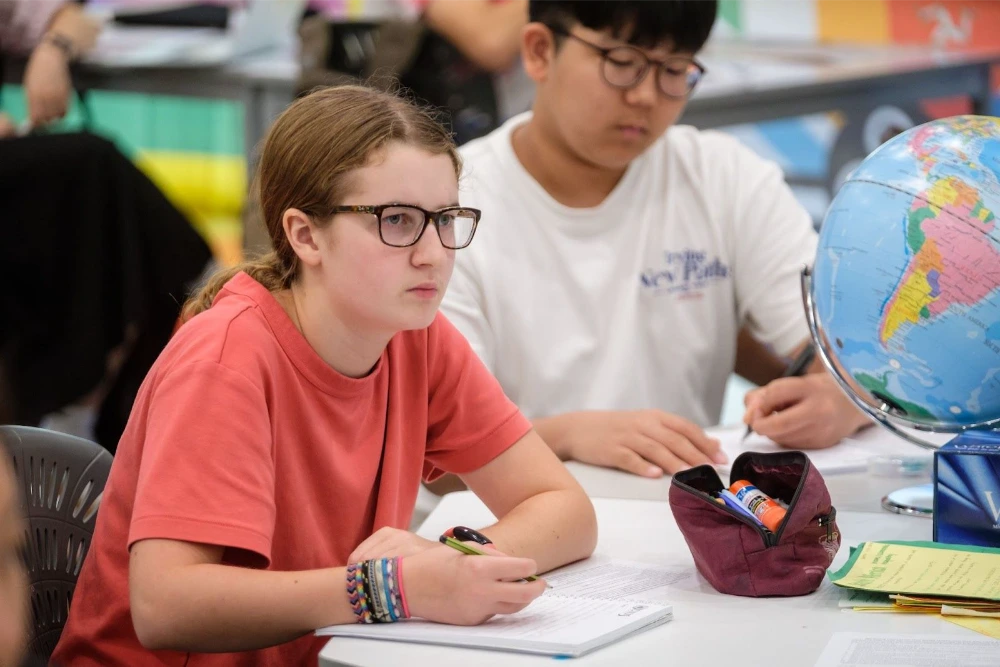
Join our community of learners and leaders where education is not just about what students know, but who they become. Empower your child for lifelong success by applying today at UNIS Hanoi!
10 Core Skills For Student Success In School And Life Read More »
